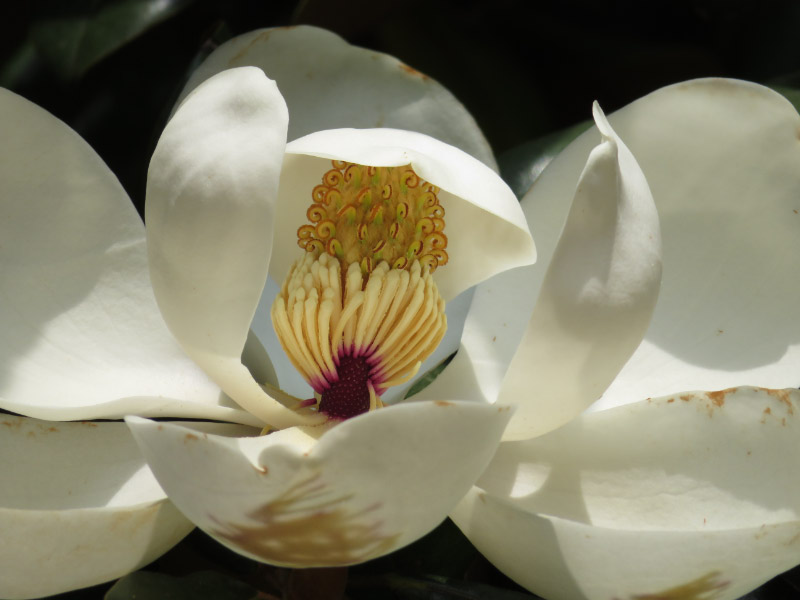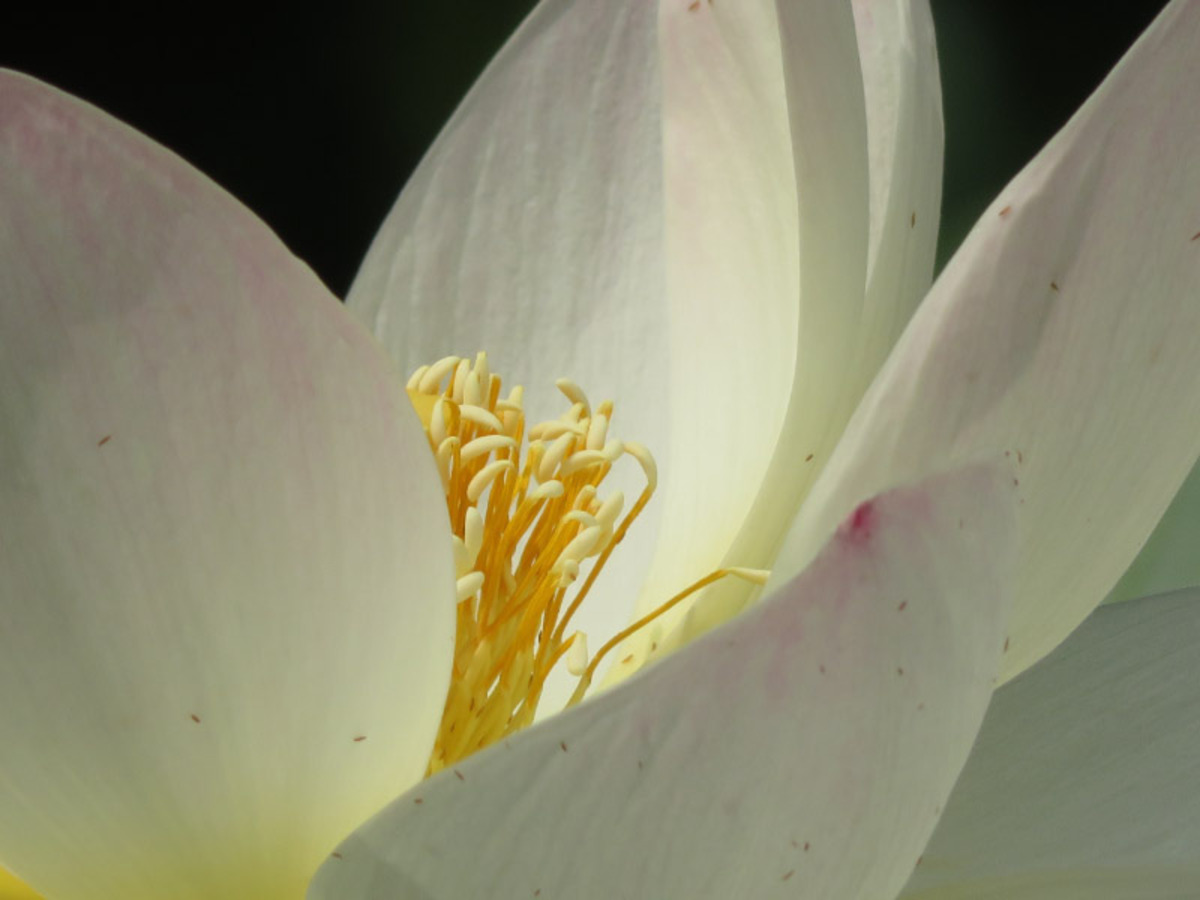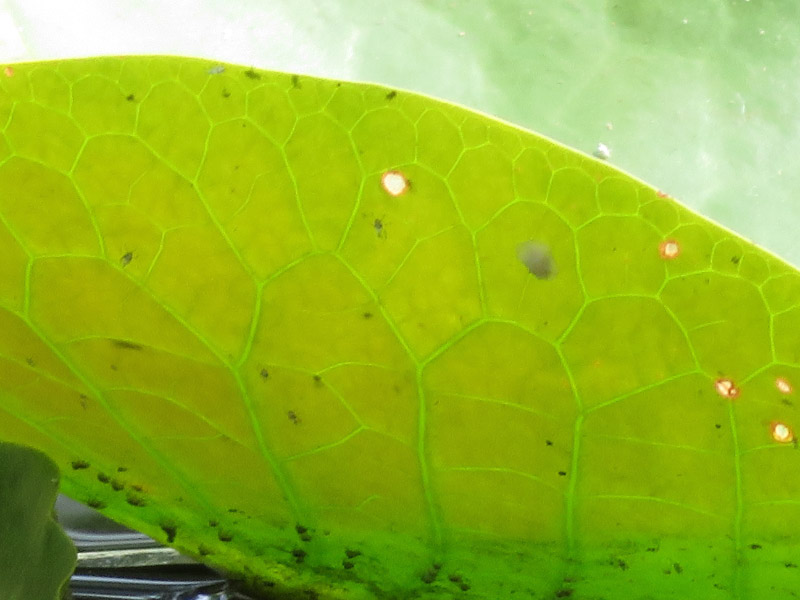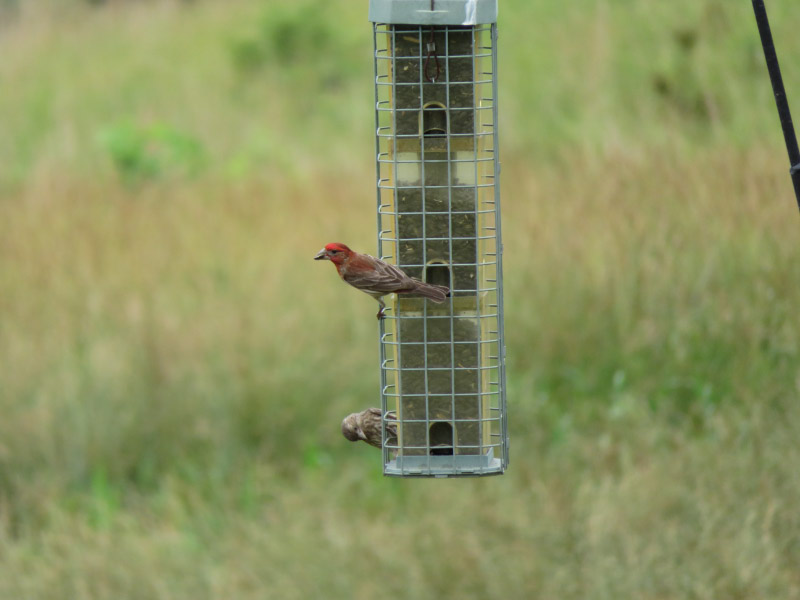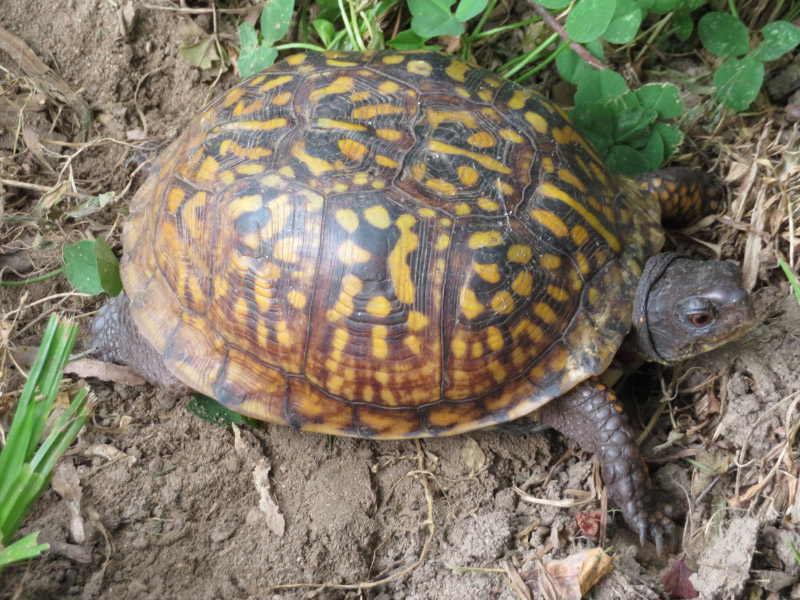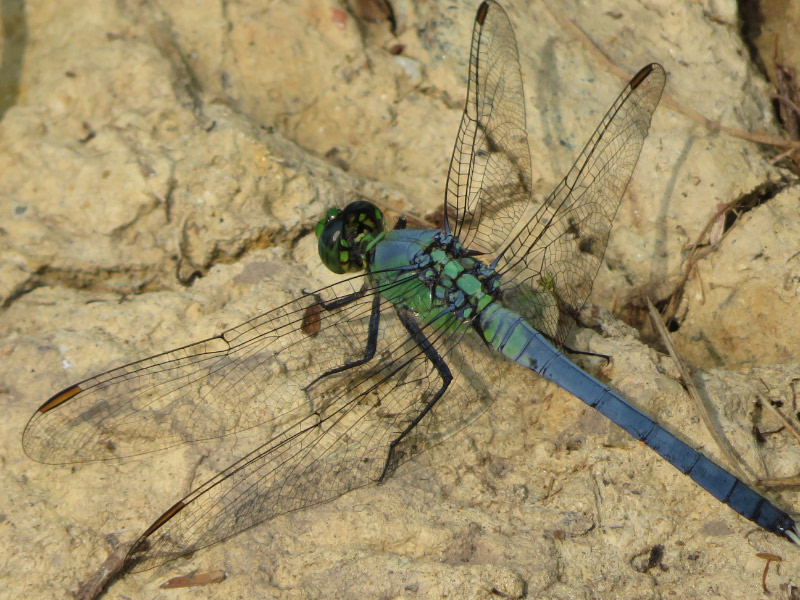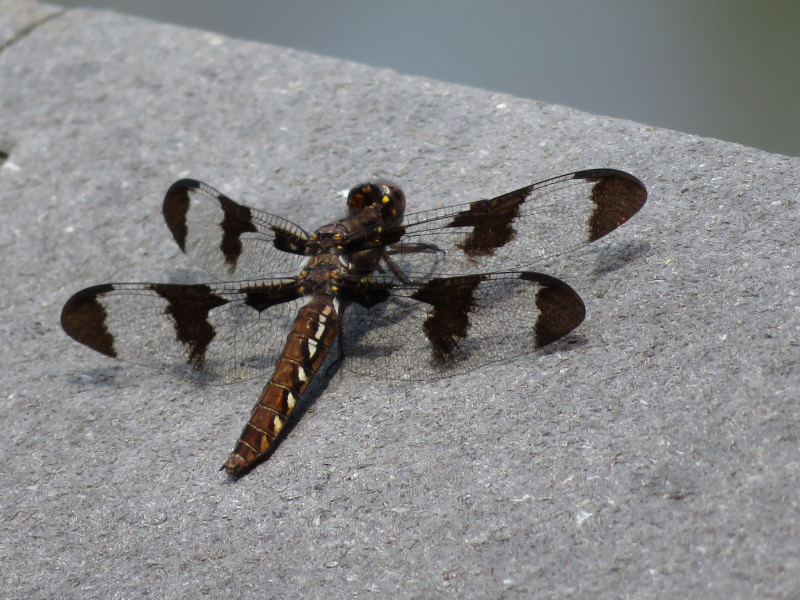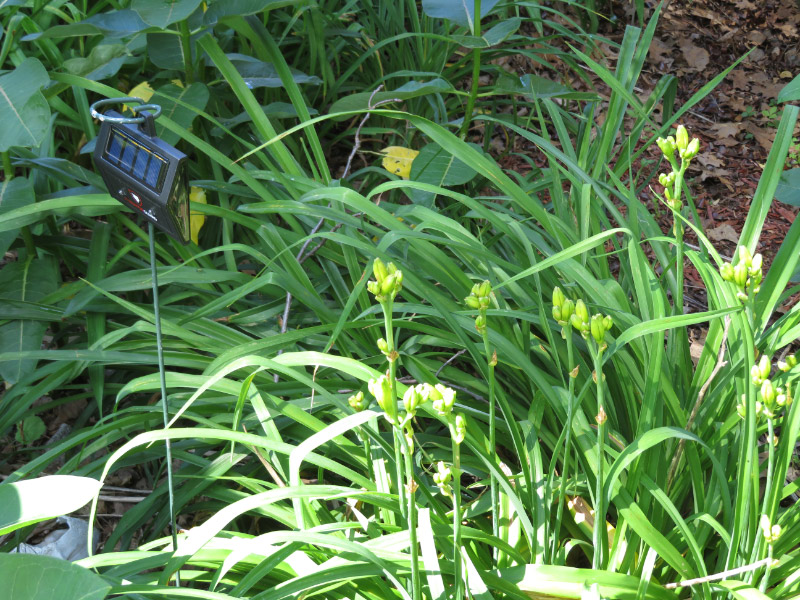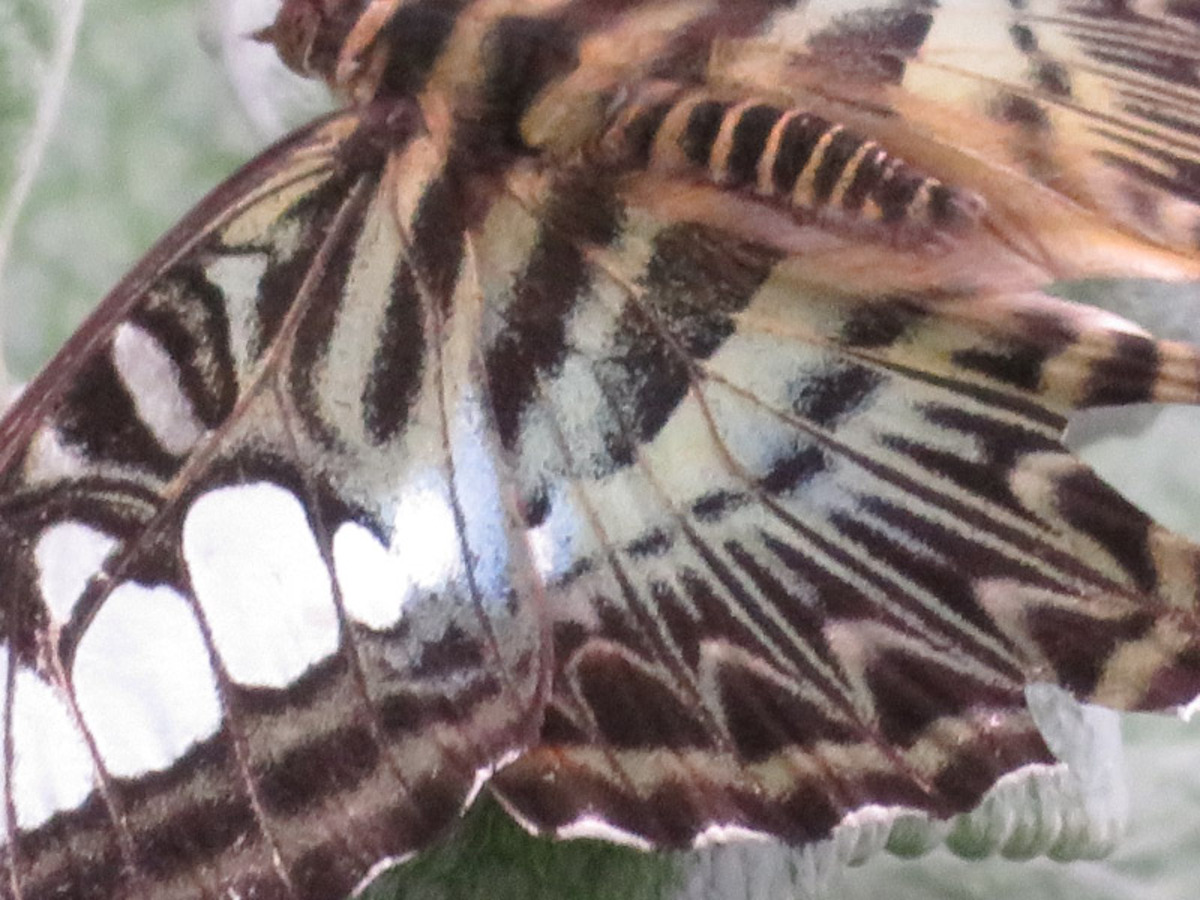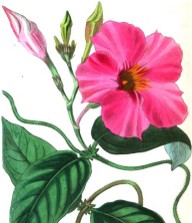 My first experience volunteering at Brookside Gardens’ Wings of Fancy was earlier this week. It was a ‘trial by heat’ since it was a shift on a hot afternoon for 3+ hours. Before I left home, I collected things to take that would help be stay cool in the conservatory: water bottles with ice in the bottom, a mister, a hat, and a handkerchief. I took some peanuts for a snack. Everything went in a small bag with a penguin (a little psychology…thinking cool).
My first experience volunteering at Brookside Gardens’ Wings of Fancy was earlier this week. It was a ‘trial by heat’ since it was a shift on a hot afternoon for 3+ hours. Before I left home, I collected things to take that would help be stay cool in the conservatory: water bottles with ice in the bottom, a mister, a hat, and a handkerchief. I took some peanuts for a snack. Everything went in a small bag with a penguin (a little psychology…thinking cool).
When I got there, I found a shady place to park (although it would not be shady there by the end of the shift) and took a short walk through the formal gardens. It was noticeably cooler in the shade…very hot in the sun and I was glad I had put sunscreen on before I left the car. I took some pictures quickly as I walked: a magnolia flower,
A pattern made of detritus on a pool of water,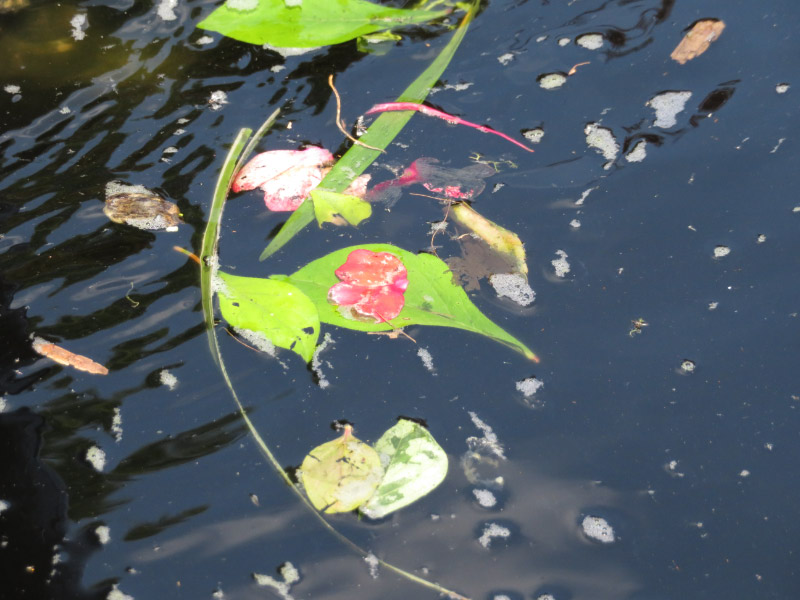
The purple poppies past blooming,
An onion tangle,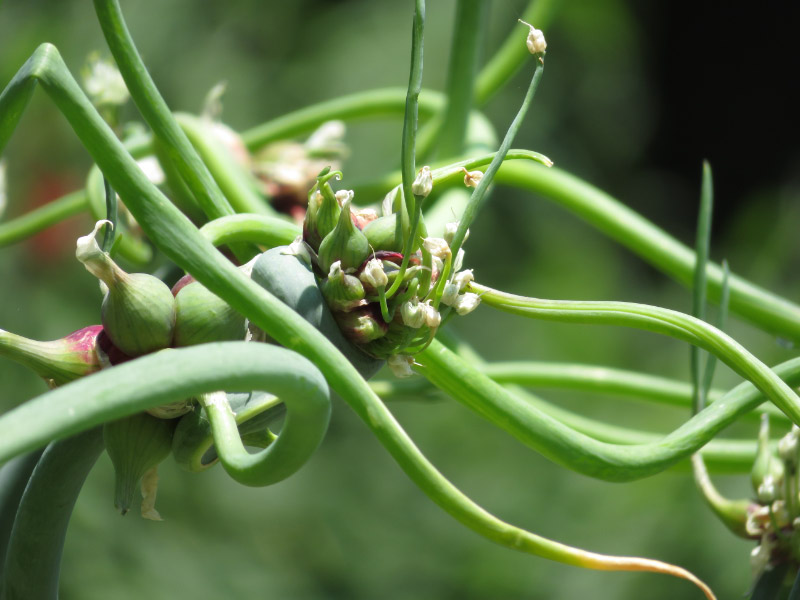
A bit of blue in lots of green (and a shady place to stand),
And climbing roses.
 Then the water came on. It brightened the colors of the rocks
Then the water came on. It brightened the colors of the rocks
And the plants in the rain garden area near the conservatory.
The butterfly sculptures marked the entrance to the exhibit.
I went in the staff/volunteer door, got my purple apron and other gear, and put my stuff in a locker. The shift started with a walk through of the stations and unique aspects of the day: slow because of the heat, a group had been due earlier but not arrived, etc. I started at the exit station and migrated to the discovery and caterpillar station (cecropia moth and Julia longwing). It was a slow afternoon with only about 15 people coming through the exhibit over 3 hours. There were times that there were no people at all in the exhibit….those times I wished we didn’t have a rule again cell phones and cameras while volunteering!
It was a good first experience although the next shifts I’ve signed up for are all in the morning. I now know that the two bottles with water frozen in the bottom (and can handlers to help them stay cool) which I fill at the water fountain just before going into the exhibit, will provide cool water for the entire shift and that the mister helps me handle the heat (misting around my neck and arms helps a lot). I also wet the handkerchief to cool ‘hot spots’ that I didn’t want to spray (like my face).




